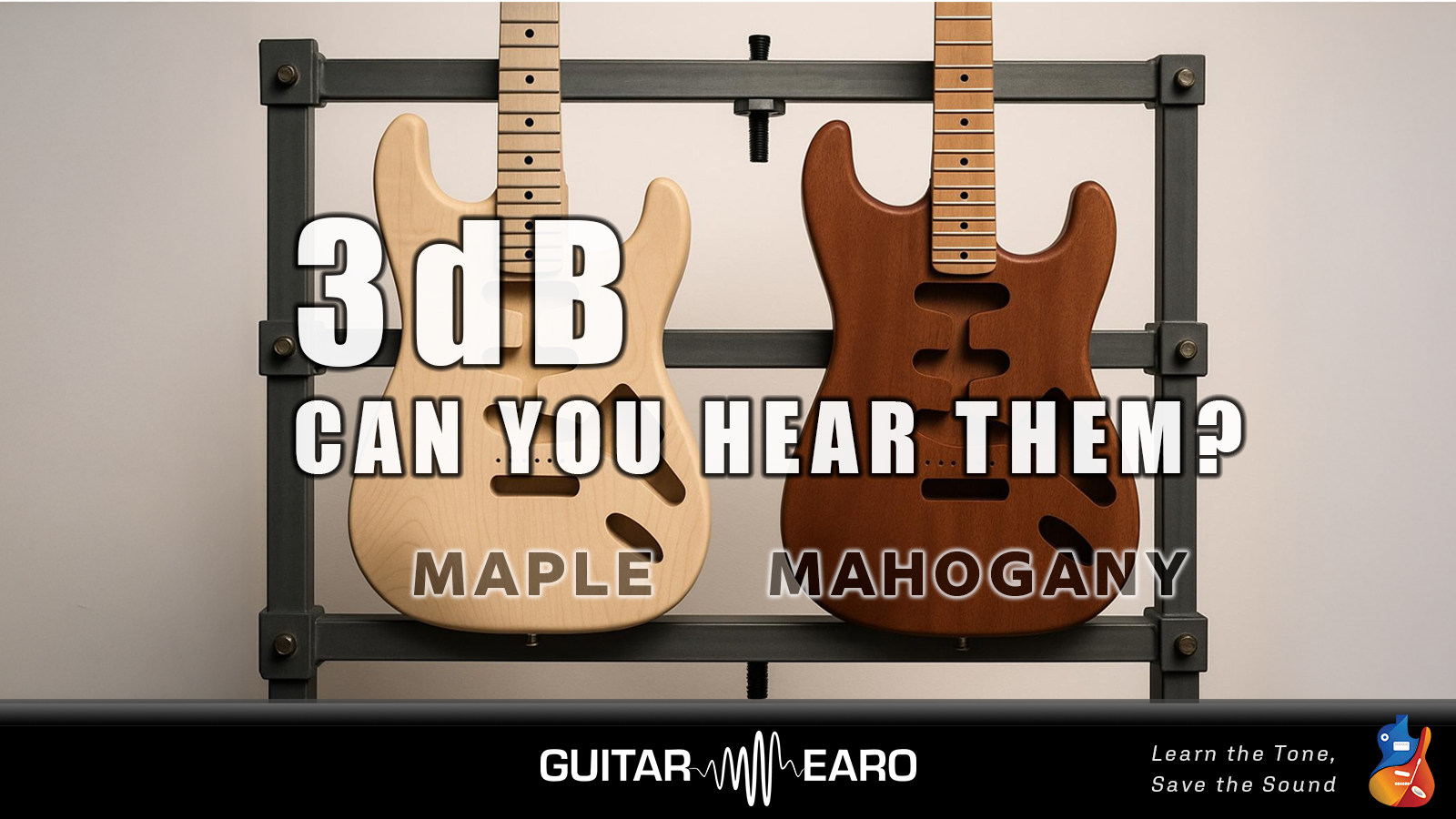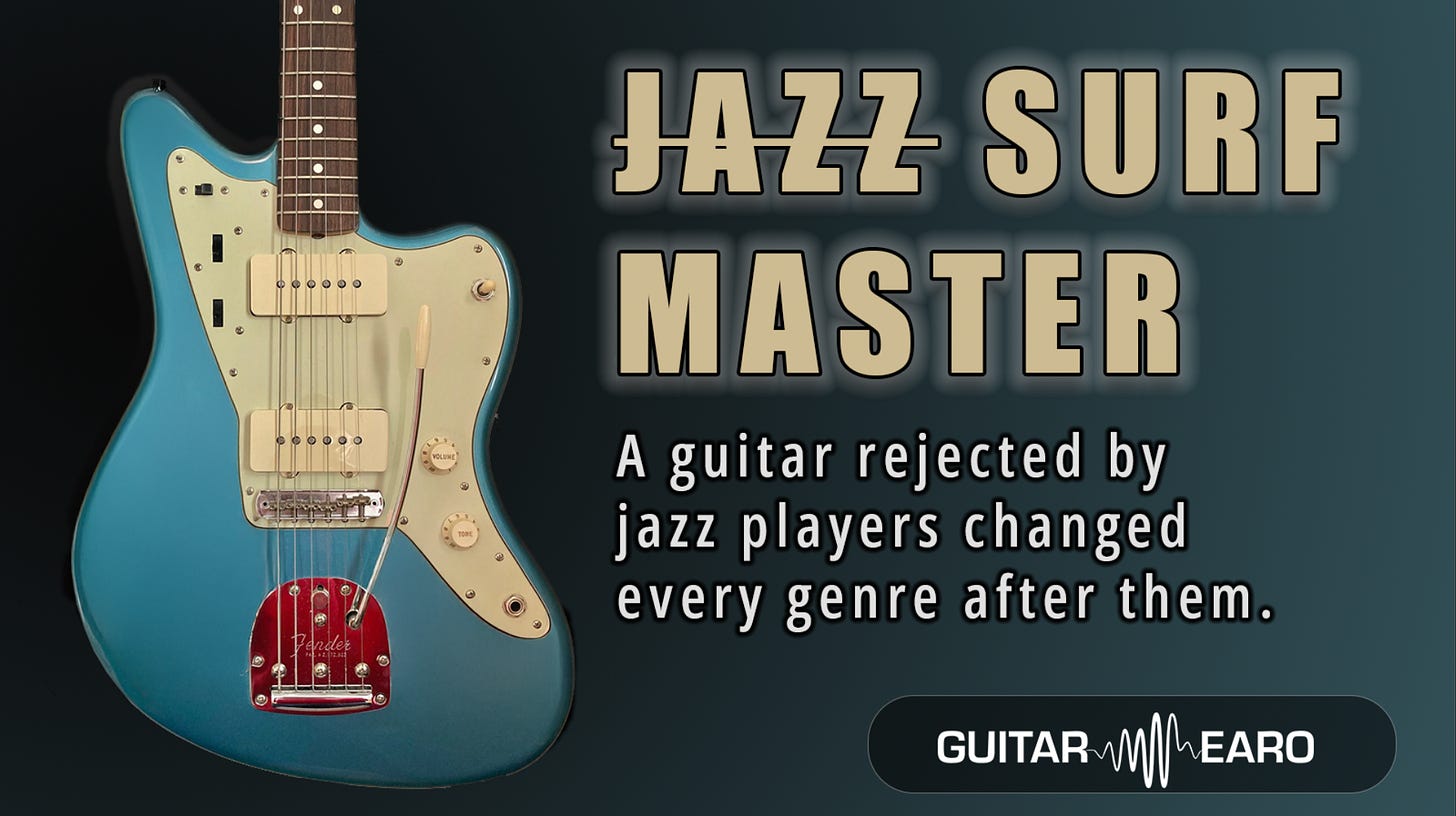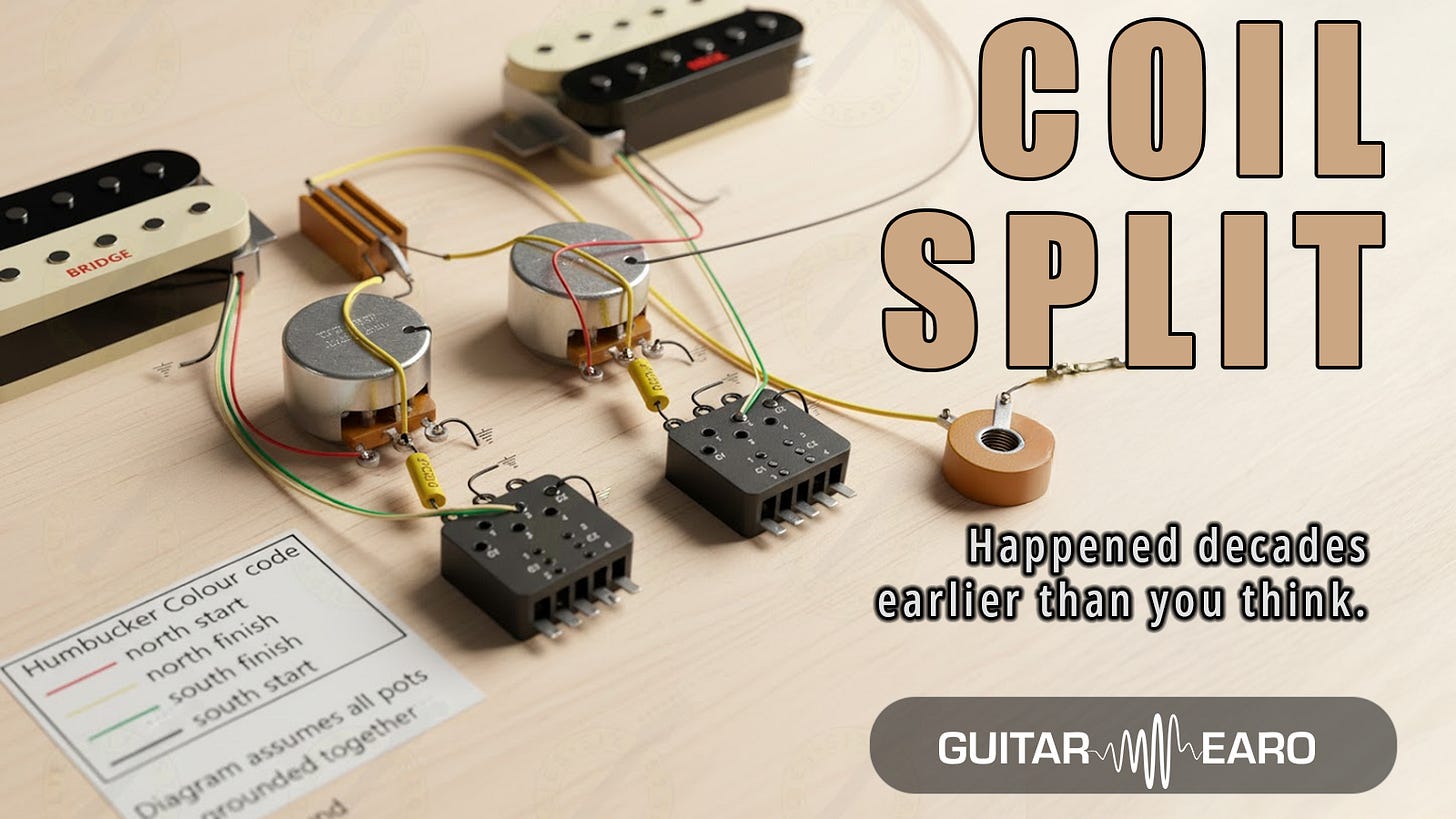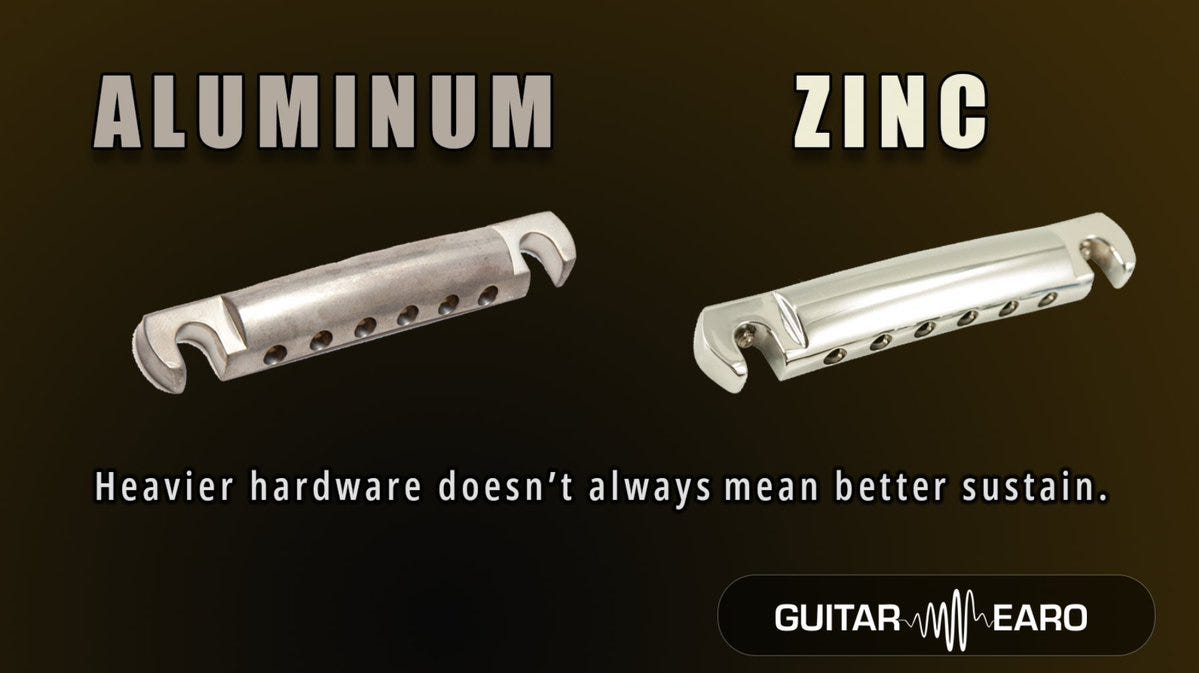Few arguments in guitar history burn hotter than this one:
Does tonewood really matter in solid-body electrics?
Some players insist the <a href="high-vs-low-the-eternal-pickup-output.html">pickups</a> and amp do all the talking. Others swear they can hear the wood breathe in every note. Most of the time, these debates collapse into comment-section chaos.
But in 2021, researchers actually put the claim to the test—and what they found made even the skeptics pause.
The Experiment
Two solid-body guitars were built to identical specs:
Same <a href="high-vs-low-the-eternal-pickup-output.html">pickups</a>
Same hardware
Same strings
Same scale length and build quality
The only variable? The body wood.
One guitar was maple, the other mahogany.
The goal: measure whether wood had a repeatable, measurable impact on tone.
The Numbers
The results surprised everyone:
Maple raised a hump around 2–4 kHz by as much as +3 dB (that’s the “presence” range—bite, clarity, definition).
Mahogany rolled that band off and let low frequencies linger ~18 ms longer (more warmth and <a href="do-heavier-guitars-actually-sustain.html">sustain</a> in the lows).
At first glance, these might look like small shifts. But your ears tell a different story.
Psychoacoustics: Why Small Numbers Matter
The human ear can detect timbre changes at around 1 dB.
This study showed differences up to 3 dB.
In blind trials, 7 out of 10 players correctly identified the “brighter” maple body.
In other words: even through <a href="high-vs-low-the-eternal-pickup-output.html">pickups</a>, even through an amp, the wood still moved the needle.
What It Means
Tonewood isn’t everything. Electronics shape the majority of what we hear.
But the body wood does colour the note before the signal even hits the <a href="high-vs-low-the-eternal-pickup-output.html">pickups</a>.
Think of it like seasoning on food: a pinch too much or too little might not ruin the dish, but it absolutely changes the experience.
Ignore it, and you cut off the last 5% of expressive range—the difference between “nice tone” and “goosebumps.”
The Takeaway
Maple adds brightness and bite.
Mahogany brings warmth and sustain.
Both matter—just in subtle but perceivable ways.
The myth that “wood doesn’t matter” in electrics doesn’t hold up under the numbers.
The truth? It matters just enough to tip your tone from good to magic.
👉 If you enjoyed this deep dive, subscribe to Guitar Earo.
We dig into tone myths with science, history, and a touch of heresy—because when you Learn the Tone, you Save the Sound. 🎸




